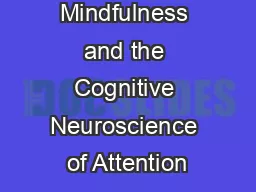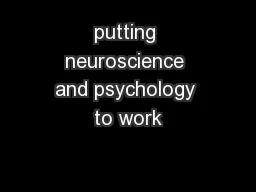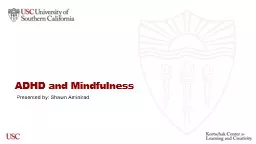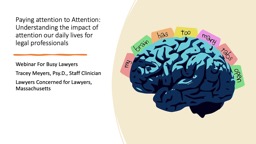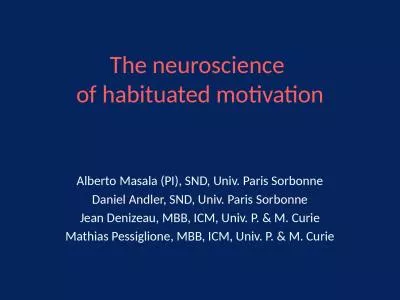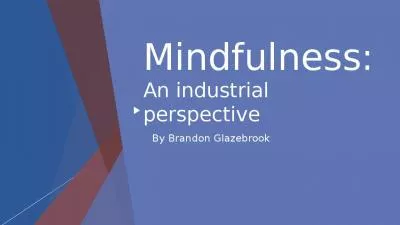PPT-Mindfulness and the Cognitive Neuroscience of Attention
Author : debby-jeon | Published Date : 2015-11-26
Dr Peter Malinowski Liverpool John Moores University School of Natural Sciences and Psychology Overview The role of attention in the mindfulness process Selected
Presentation Embed Code
Download Presentation
Download Presentation The PPT/PDF document "Mindfulness and the Cognitive Neuroscien..." is the property of its rightful owner. Permission is granted to download and print the materials on this website for personal, non-commercial use only, and to display it on your personal computer provided you do not modify the materials and that you retain all copyright notices contained in the materials. By downloading content from our website, you accept the terms of this agreement.
Mindfulness and the Cognitive Neuroscience of Attention: Transcript
Download Rules Of Document
"Mindfulness and the Cognitive Neuroscience of Attention"The content belongs to its owner. You may download and print it for personal use, without modification, and keep all copyright notices. By downloading, you agree to these terms.
Related Documents

